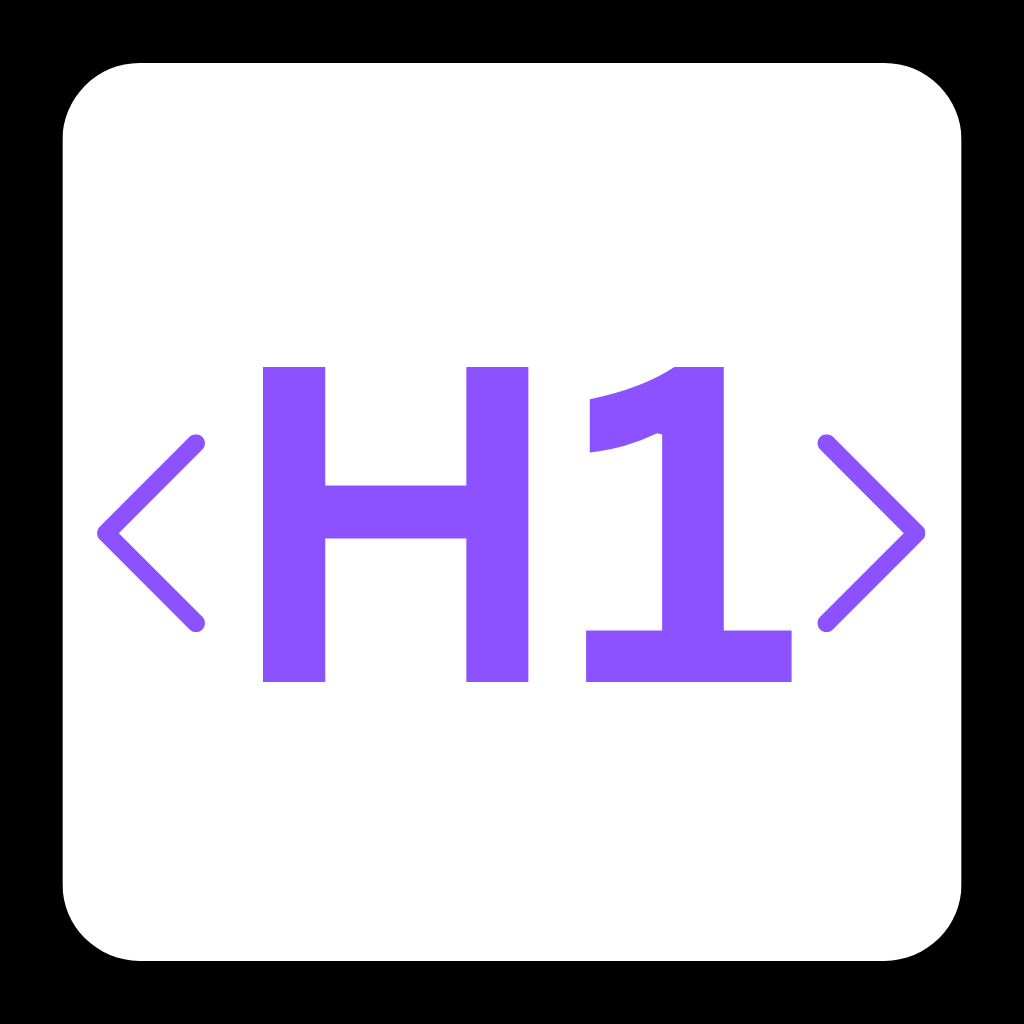Can AI-Powered Handwriting Analysis Revolutionize Early Detection of Dyslexia and Dysgraphia?

Early detection of learning disabilities just got a tech upgrade—but will it bridge the gap for underserved kids?
For years, educators and clinicians have struggled to identify dyslexia and dysgraphia before academic struggles snowball. Now, a breakthrough AI tool analyzing children’s handwriting could change the game—offering faster, cheaper, and more accessible screening. Let’s dive in.
🌍 The Screening Crisis: Why Traditional Methods Fall Short
- Time Crunch: Current screenings take hours per child and require specialized clinicians—a luxury many schools lack.
- Condition Silos: Most tools focus on either dyslexia (reading/speech) or dysgraphia (motor skills), despite 30-50% symptom overlap.
- Workforce Shortages: The U.S. has only 61,000 speech-language pathologists and 135,000 occupational therapists for 50 million K–12 students.
- Data Desert: AI models lack diverse handwriting samples from children, especially those already diagnosed.
✅ The AI Solution: Decoding Handwriting’s Hidden Clues
University at Buffalo researchers built a multimodal AI system that analyzes:
- ✍️ Motor Patterns: Pen pressure, stroke speed, and pauses (detecting dysgraphia’s physical signs)
- 🔍 Visual Errors: Letter reversals (like ‘b’ vs. ‘d’), inconsistent spacing, and sizing
- 🧠 Cognitive Signals: Spelling mistakes, grammar issues, and vocabulary gaps (key dyslexia indicators)
Co-designed with teachers and therapists, the tool automates the Dysgraphia and Dyslexia Behavioral Indicator Checklist (DDBIC)—a 17-point rubric—and provides instant reports. Early tests show 85% accuracy matching human clinicians.
🚧 Challenges: Can AI Earn Educators’ Trust?
- ⚠️ Data Hunger: Current models trained on just 1,200 K–5 samples—needs 10x more for reliability.
- ⚠️ Explainability Gap: Teachers want actionable insights (e.g., “Recommend OT evaluation”), not just risk scores.
- ⚠️ Tech Resistance: 68% of special ed teachers prefer human observation over algorithms, per a 2024 EdWeek survey.
🚀 Final Thoughts: A Lifeline for Underserved Schools?
This tool’s success hinges on:
- 📈 Scalability: Can it work on low-cost tablets in rural classrooms?
- 🤝 Collaboration: Blending AI speed with human expertise (e.g., flagging borderline cases for therapists).
- 🌱 Early Wins: Pilot programs in Nevada schools show 40% faster interventions—critical for grades K–2.
As researcher Venu Govindaraju notes: “AI won’t replace specialists—it’ll empower them to focus on high-need kids.” But will budget-strapped schools invest? What do YOU think: Game-changer or overhyped tech?
Let us know on X (Former Twitter)
Sources: Neuroscience News. AI Handwriting Analysis May Catch Dyslexia and Dysgraphia Early, May 15, 2025. https://neurosciencenews.com/ai-handwriting-dyslexia-28925/










